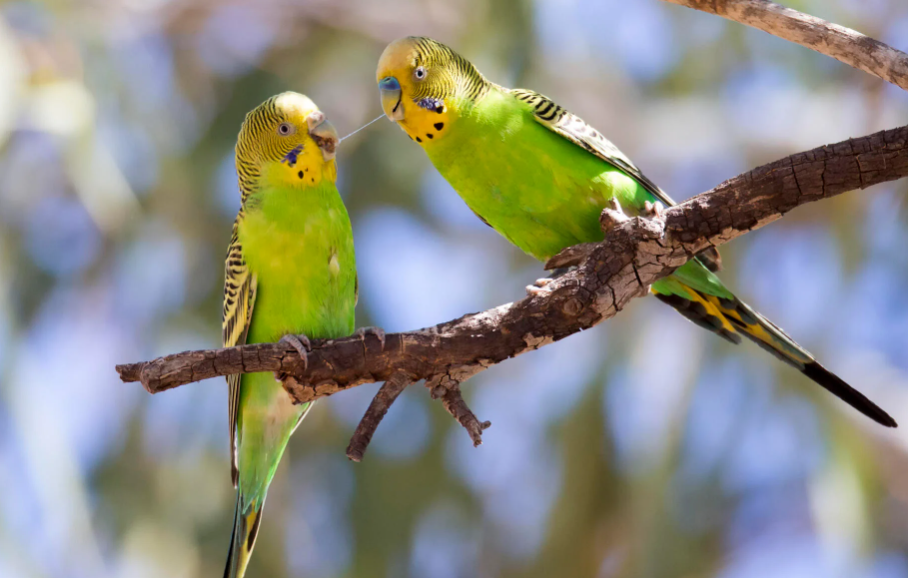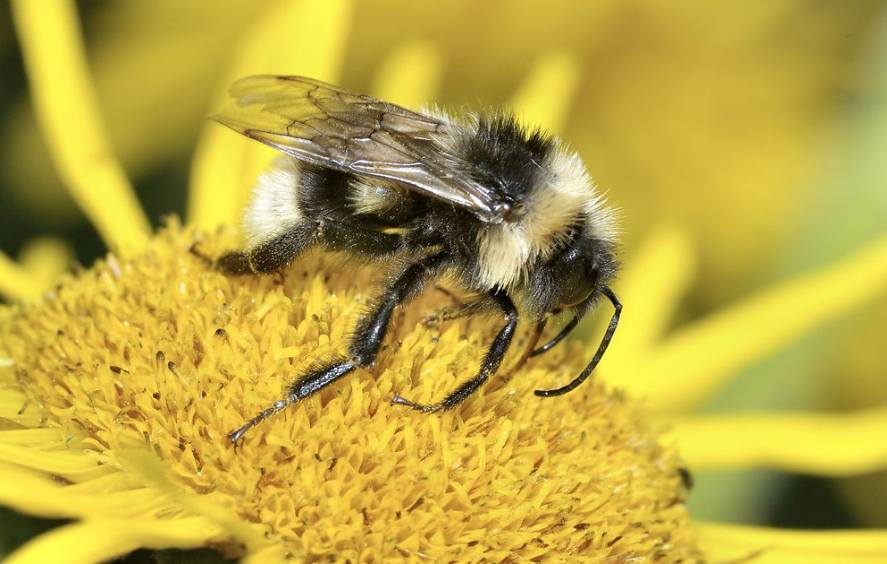
Intriguing facts about the Budgerigar bird
Budgerigars are fascinating birds and wonderful companions. They are a pleasure to be around because of their vivid colours, gregarious nature, and capacity for speech imitation. You can ensure your budgie has a happy and healthy life by being aware of their needs and providing the right environment. Native to Australia, budgerigars are small, colourful birds that are also referred to as parakeets or budgies. They belong to the parrot family and are some of the most commonly used pet birds worldwide. The striking feathers of budgerigars, which are available in green, blue, yellow, and white hues, set them apart.
Unique characteristics of budgerigar bird
These birds’ amazing ability to mimic human speech and noises makes them intelligent and fascinating companions. They thrive in the company of humans and other budgerigars because they are gregarious animals. Budgerigars are well-known for their gregarious nature, and they can be trained to play tricks or interact with toys.
Dietary requirements of budgerigars bird
In the wild, budgerigars primarily eat fruits, vegetables, and grass seeds. As pets, they require a well-balanced diet consisting of fresh produce, pellets, and a variety of seeds. It’s essential to give them a spacious cage, lots of toys to occupy their minds, and regular exercise outside of the cage to preserve their physical and mental wellbeing. With proper care and a well-balanced diet, budgerigars can live much longer than their usual five to ten years.

Fascinating facts about budgerigar bird
Native to Australia, budgerigars—also called budgies or parakeets—are small, colourful birds. They are a well-liked option for pet owners because of their intelligence, playfulness, and capacity for speech imitation. Let’s look at some fascinating Bengali facts in this blog post.
Physical Appearance of Budgerigar bird
Budgerigars are small birds that grow to a length of 7 to 8 inches. They have long tail feathers and a slim build. Although green is the most common colour of budgerigars in the wild, captive-bred budgies come in a wide range of colours and patterns thanks to selective breeding. These hues can include blue, yellow, white, and even mixtures of several hues.
The social nature of budgerigar bird with humans
Budgerigars, as gregarious birds, flourish in groups with other budgies. They gather in big flocks in the wild and use body language, whistles, and chirps to communicate with one another. They enjoy spending time with their human companions and are well-known for being lively, inquisitive, and playful animals.
Highlighting intelligence of Budgerigar bird
Remarkably intelligent birds, such as budgerigars, can even learn to imitate human speech. Some budgies can pick up the ability to mimic words, phrases, and even songs, though not all of them will. Their keen sense of hearing allows them to detect noises in their surroundings, which they subsequently attempt to mimic. It’s crucial to remember that this ability takes patient training and socialization, and not all babies will acquire it.
Recommended foods and treats for optimal health and well-being of budgerigar bird
In the wild, the main sources of food for budgerigars are grass seeds, grains, and different kinds of vegetation. As pets, they ought to be fed a well-balanced diet that includes fresh produce, high-quality budgie pellets, and occasionally treats. It’s crucial to refrain from giving them foods like chocolate, avocado, coffee, and alcohol that are poisonous to birds.
To maintain overall health of Budgerigar bird
Compared to other small birds, budgerigars live comparatively long lives. Budgies can live for five to ten years, or even longer, if they receive the right care and eat a balanced diet. It’s crucial to remember that a person’s lifespan can vary based on their genetics, food, environment, and general health.

Importance of understanding budgerigars requirements before getting one as a pet
It’s crucial to give budgerigars a suitable living space when keeping them as pets. They need a spacious cage that allows them to exercise and soar. Different-sized perches, toys to stimulate the mind, and a separate area for feeding and drinking should all be included in the cage. Since budgies are sensitive to temperature changes, it’s critical to keep their cage out of direct sunlight and in a draft-free area.


